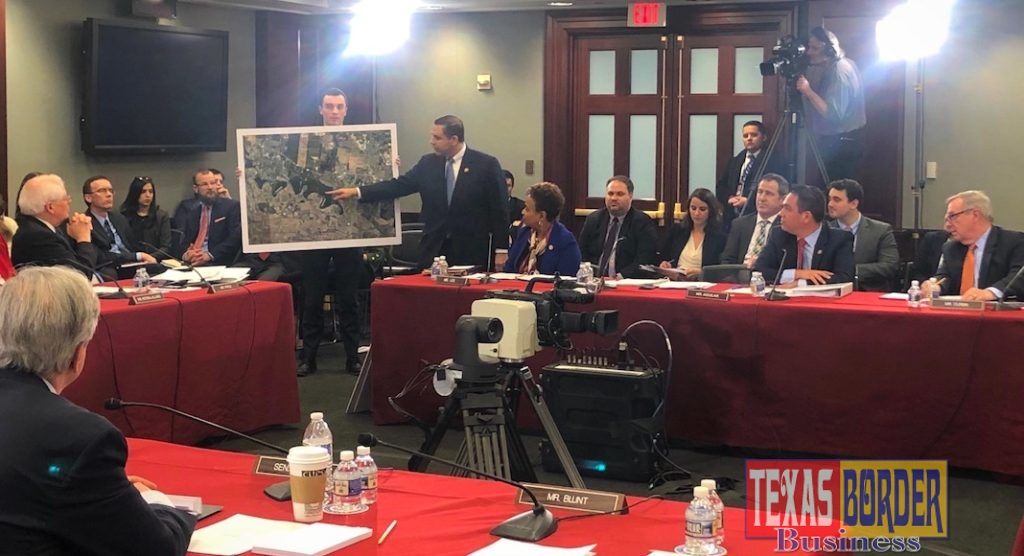Border Representative advocates for 21st century border security solutions that work during bipartisan negotiations

Texas Border Business
WASHINGTON— Today, Congressman Henry Cuellar (TX-28), a member of the U.S. House Appropriations Committee and Subcommittees of Homeland Security, Defense,
We continue to support strong, smart, and effective border security solutions. Trade between the U.S. and Mexico is about $1.3 billion a day. Mexican visitors constitute 1 in 4 of all tourists to the U.S., our second largest source of international tourism. At its peak in 2016, Mexico accounted for 18,990,585 visitors to the U.S. and $20.3 billion in domestic revenue.
Border cities like my hometown of Laredo are often four to five times safer than cities like Washington, D.C.
- National murder rate – 5.30 per 100,000
- Laredo – 3.84 per 100,000
- Washington, D.C. – 16.72 per 100,000
- Mobile, Alabama – 20.1 per 100,000
- Charleston, West Virginia – 20.50 per 100,000
- Chattanooga, Tennessee – 17.30 per 100,000
- Fort Worth, TX – 8.0 per 100,000
Two cities in my district, Rio Grande City and Roma, are two of the twelve safest cities in the country. Furthermore, most drugs that illegally enter the U.S. at our southern border are smuggled through ports of entry, not between ports, where this wall would be built. And over half of undocumented immigrants don’t enter illegally— they overstay after legal entry due to our insufficient immigration administrative capacity.
In 2000, over 1.6 million illegal immigrants were apprehended on our southwest border. Last year, only about 303,000 were apprehended, representing a precipitous drop. The reality is that the southern border has natural barriers that make it very difficult to cross the border. On average, barriers cost approximately $25 million per mile, whereas technology only costs a fraction of that: between $1 to 2 million per mile. Border Patrol Chiefs under Bush, Obama, and Trump have all told me that a wall would only buy them “a few minutes or a few seconds.”
The Border Patrol union webpage in 2012 said building walls and fences along the border to stop illegal immigration would be “wasting taxpayer money.” Instead, we must invest in:
- Technology, like drones, cameras, and inspection equipment,
- Increased personnel,
- Canines,
- Measures to help retain BP agents and CBP officers,
- Carrizo cane eradication,
- Immigration Judge teams, including courtroom space. We have 484 judge teams, but only 426 courtrooms,
- Infrastructure at our ports of entry to process asylum cases and for Border Patrol checkpoints,
Foreign aid to promote good governance in Mexico and Central America.
We need a comprehensive and multifaceted border security solution that addresses all domains: underground, air, land, and water – not a 14th-century solution to a 21st-century problem. I feel optimistic that this group can strike a deal in a bipartisan manner.













